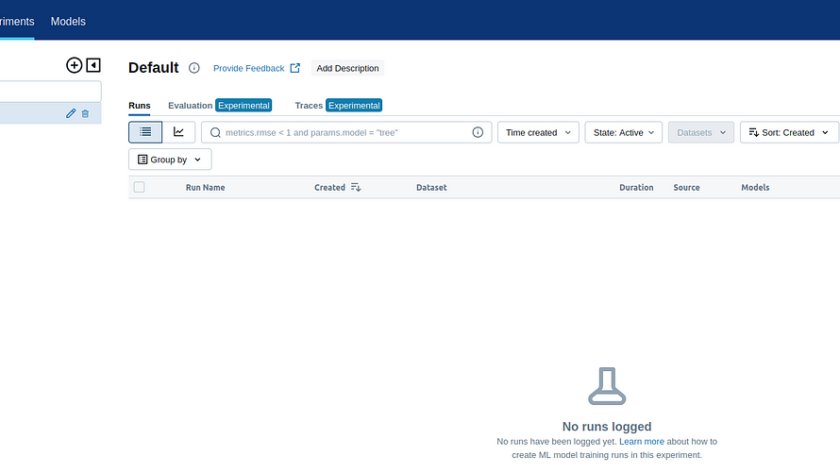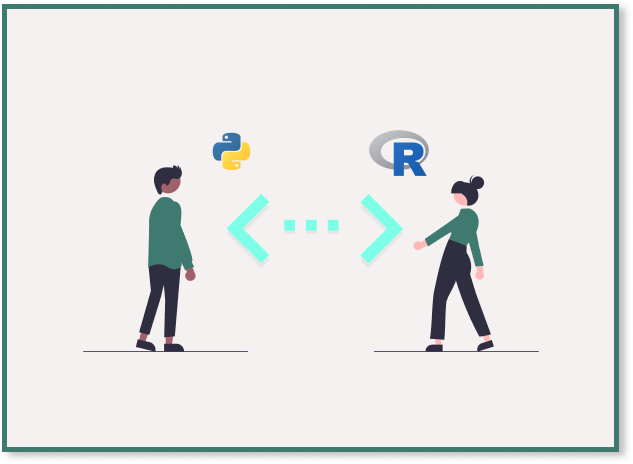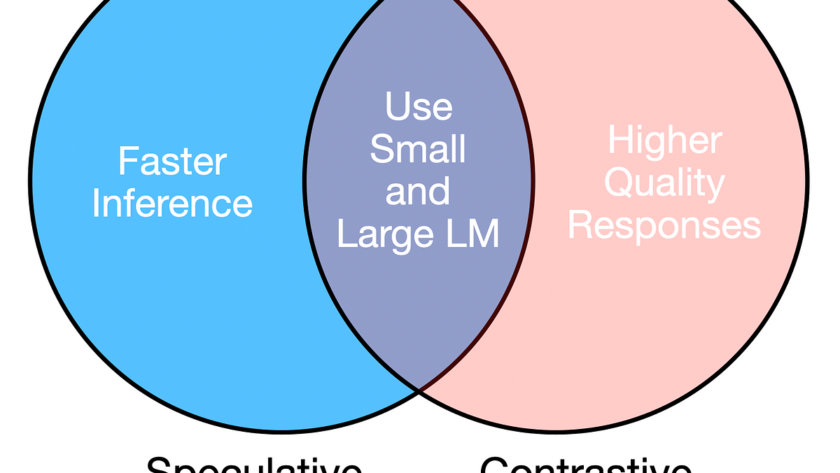Using Qwen2.5–7B-Instruct powered code agents to create a local, open source, multi-agentic RAG system Photo by Jaredd Craig on UnsplashLarge Language Models have shown impressive capabilities and they are still undergoing steady improvements with each new generation of models released. Applications such as chatbots and summarisation can directly exploit the language proficiency of LLMs as…











